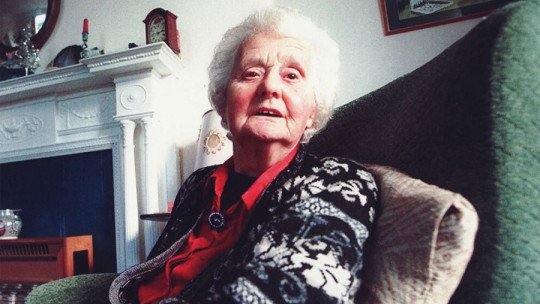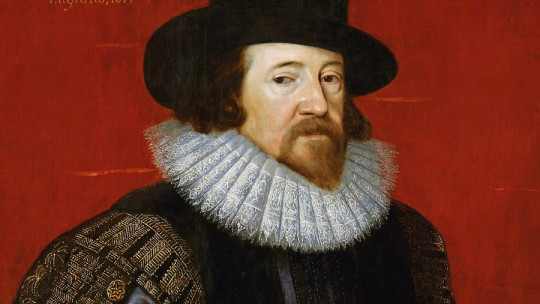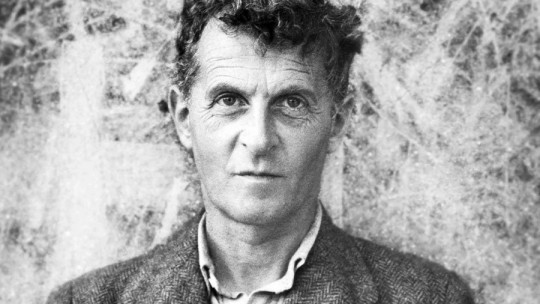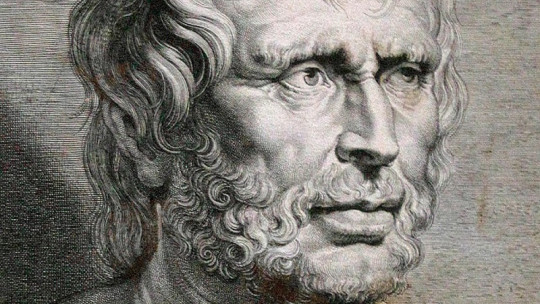History is full of feminist women who have already taken their first steps in the fight for women’s rights. This is the case of Harriet Martineau, a British writer who was also a philosopher, social activist and sociologist. Harriet also actively defended the abolitionist movement, and also fought for the rights of the poor and slaves.
In this article we will see in summary a biography of Harriet Martineau: her origins and studies, her philosophy, career and the importance of her work
Harriet Martineau biography: who was she?
Harriet Martineau was a 19th-century British writer and feminist, and also a philosopher, social activist and sociologist , who was very interested in political economy. In addition, she is considered by some experts to be the first sociologist in history.
It was a woman who He very actively supported the establishment of poor laws, as well as the abolitionist movement This movement tried to defend the annulment of laws or customs considered to violate people’s rights and ethics.
Regarding her ideology, Harriet was very much in favor of “laissez-faire” (“letting things be done”, which implies abstaining from a direction or mandate), although she also defended the right to strike and unionize.
Birth and youth
Harriet Martineau was born in England on June 12, 1802 (specifically, in Norwick). Daughter of French Huguenots (a type of Protestant), her father was a well-off businessman, so she received a very good education
This education was far superior to that received by most women of the time. In addition to studying subjects such as physics, mathematics, history and astronomy, she learned various languages.
Woman of letters
Later, Harriet decided to study philosophy and social sciences With the death of his father, in 1825, he had to start working as an embroiderer, but he combined it with jobs writing for newspapers, through which he achieved a certain prestige. For example, He collaborated for several years in the newspaper Daily News where he wrote more than 1,000 articles.
In 1832, at the age of 30, He created a collection of 25 novels titled political economy illustrationswhere he presented his ideas and explanations in relation to the consumption of wealth, its production and distribution, in addition to the implications it had on poor people.
Besides, He became very interested in the works of Jane Marcet (English writer and scientific communicator), which made him interested in Political Economy This theme was very recurring in his work.
His work in sociology
As we have already begun to see, between 1819 and 1830, Harriet Martineau began to contribute to the field of sociology, publishing in local newspapers. A remarkable fact is that in 1821 She openly published her rejection of the unequal treatment received by women in the Monthly Repository newspaper
In this way, her feminist ideas tried to praise the rights and capabilities of women, and then began to emerge through her articles, works and publications.
Her involvement in feminism
It can be said that Harriet Martineau was a feminist fighter, a great defender of women’s rights. Their advice or ideas included educating girls and boys equally claiming that their intellectual capacities were equal.
In fact, and to give an example, in one of his articles, titled Women’s Education, explained that the “supposed” differences between women and men were due exclusively to the educational discrimination to which they were subjected. To write this article he was inspired by Mary Wollstonecraft, also an English philosopher and writer.
Another example of her feminist ideas can be found in his defense of the woman’s decision not to marry if she so wishes An idea that he also practiced, since he never married.
Trips
Harriet Martineau made important trips that influenced her work and ideology, in addition to providing her extensive experience in the field of social activism
In 1834, Harriet traveled to the United States to support the abolitionist movement, as we saw at the beginning of the article. She stayed there for two years, and this experience prompted her to write the book Society in Americawhich consisted of an exhaustive analysis of social strategies around the female figure, slavery and morality
Another of his important trips was, years later (in 1846), to the Near East, Egypt and the Holy Land. Following his experiences there, in 1848 he wrote a new book, titled Eastern life. Present and pastwhere he speculated about the treasures hidden under the sands of those places he visited.
Construction site
Some of Harriet Martineau’s most important works were:
Death
At the age of 53, in 1855, Harriet became seriously ill and he prepared to write his Autobiography, which would be published a year after his death (in 1877). In her final days, Harriet continued writing in her diary. Daily Newsuntil he died at the age of 74, on June 27, 1876 in Ambleside (England).
It is said that it was Harriet herself who wrote her obituary, published in the same Daily Newsthe day of his death.









